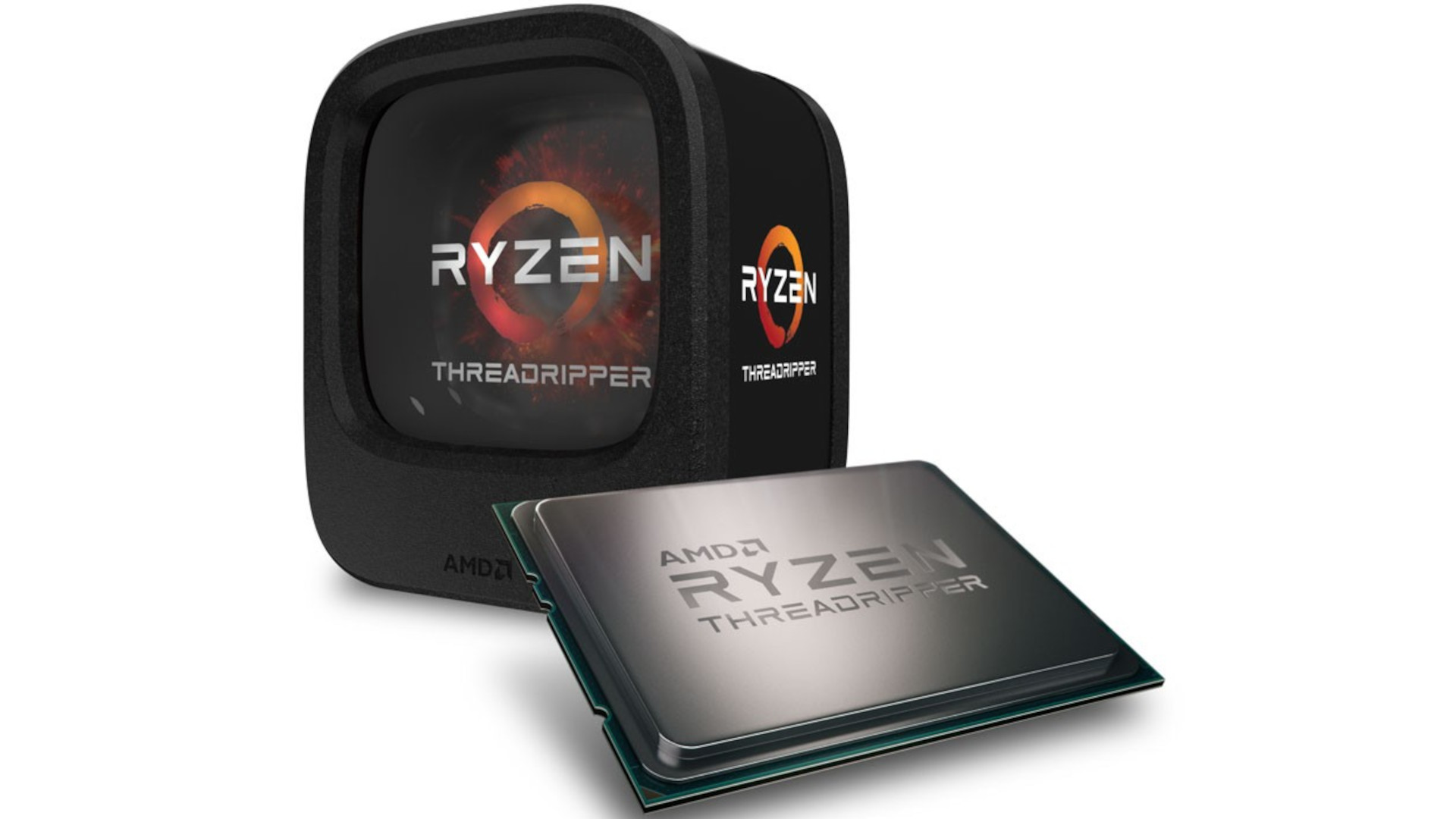On the one hand, following years of tepid, usually single-digit percentage advances from one chip generation to the next, 2017 has been a year of amazing improvements in desktop PC CPUs. Beginning in March, AMD released its top-tier Ryzen 7 1800X CPU, followed by its midrange Ryzen 5 and entry-level Ryzen 3 counterparts.
They typically offered more cores and threads than Intel’s rival processors at comparable prices. However, Intel didn’t let the summer pass without a retort. On a new Core X-Series enthusiast-grade platform that featured CPUs from both the “Skylake” (6th Generation) and “Kaby Lake” (7th Generation) chip generations, Core i9 chips, lead by the Intel Core i9-7900X, were released in response.
But even for those of us who are fortunate or unfortunate enough to do this for a job, keeping up with all of these new chips and new performance levels may be challenging. While AMD’s Ryzen processors generally outperform similarly priced Intel CPUs in multi-threaded applications, when utilized with a top-tier graphics card like the Nvidia GeForce GTX 1080 Founders Edition that we tested with, they bring latency issues that reduce performance in 1080p gaming.
AMD has revolutionized the chip industry over the past six months with its low-cost, high-core-count Ryzen CPUs. It now seems even more ambitious to purchase the $999 (on release) AMD Ryzen TR 1950X. This could merely appear to be a Ryzen chip on steroids, but it also introduces an architecture and characteristics that were previously reserved for servers and desktops of the highest caliber.
AMD Ryzen TR 1950X Specifications
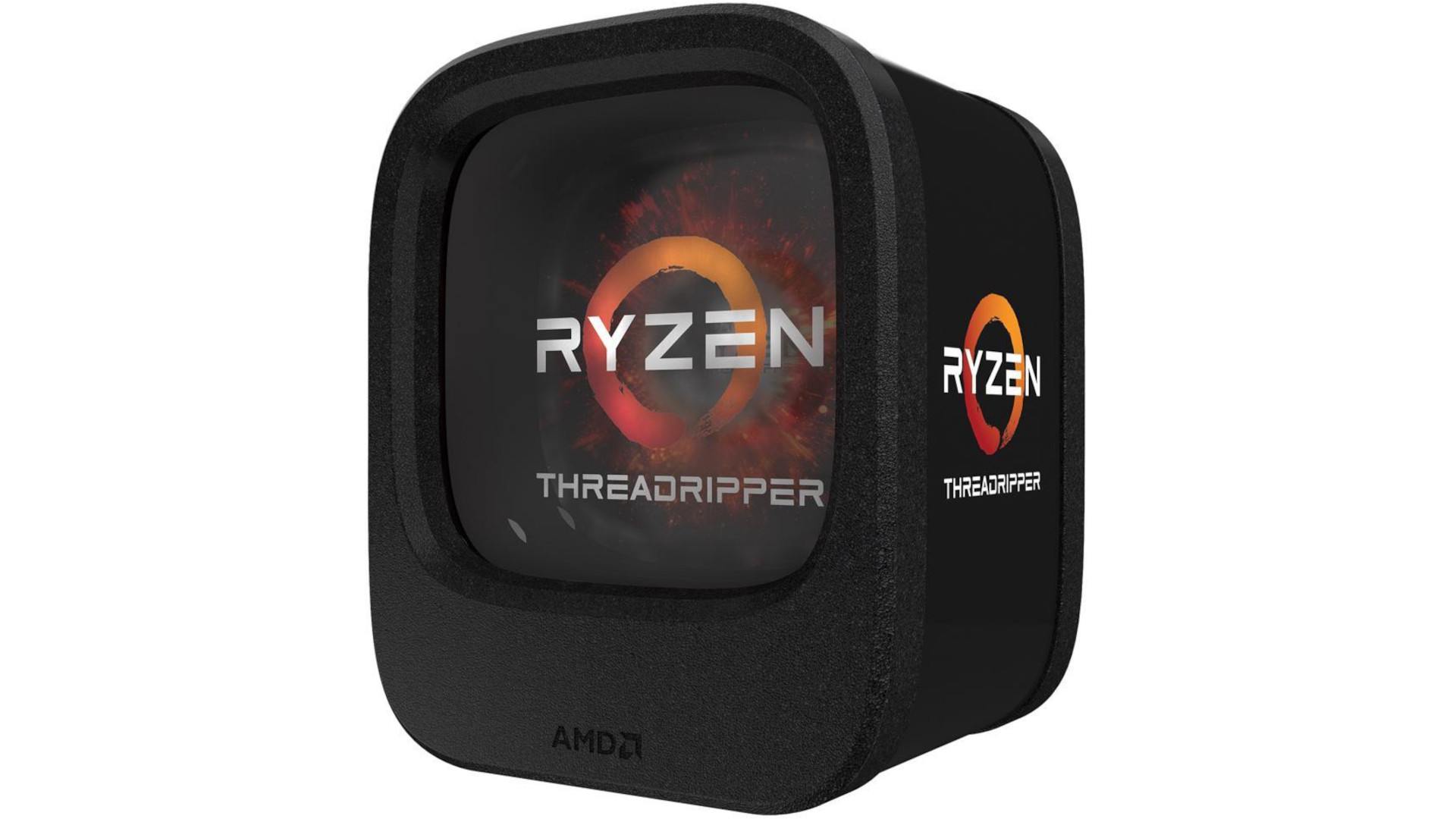
The Threadripper processor will open your eyes if you’ve never worked with server-grade components before. Physically, the processor is wider than the majority of CPUs sold to consumers. Additionally, Threadripper CPUs come attached to a holder that you slide into place rather than a chip that is dropped into the motherboard; we’ll have instructions on how to install the processor soon.
Since the processing dies are located in the chip’s center, those who use liquid cooling systems may find it extremely unsettling to have the corners of their CPU exposed and bare.
After you get used to the new physical characteristics of Threadripper, there are new software profiles to become familiar with. The AMD Ryzen TR 1950X and all current Threadripper components are set up to operate in either a Creative or Game Mode right out of the box.
Users can generally anticipate that premiere, video encoding, and multitasking will run more smoothly in Creative Mode without being too technical.
In contrast, Game Mode instructs the CPU to disable half of its cores and switch back to a more conventional memory access protocol, enabling it to provide marginally greater frame rates while gaming.
For workstations, the AMD Ryzen Threadripper 1950X is a top-tier desktop processor. With 16 cores and 32 threads, it operates at 3.4 to 3.7 GHz (all cores). With XFR, a single core can run at up to 4 GHz. 180 Watts is the TDP rating. The 16 cores contribute significantly to the excellent multi-core performance. However, fast quad-cores like the Ryzen 7 2700X or Intel Core i7-8700K are quicker in modern games from 2017 and 2018.
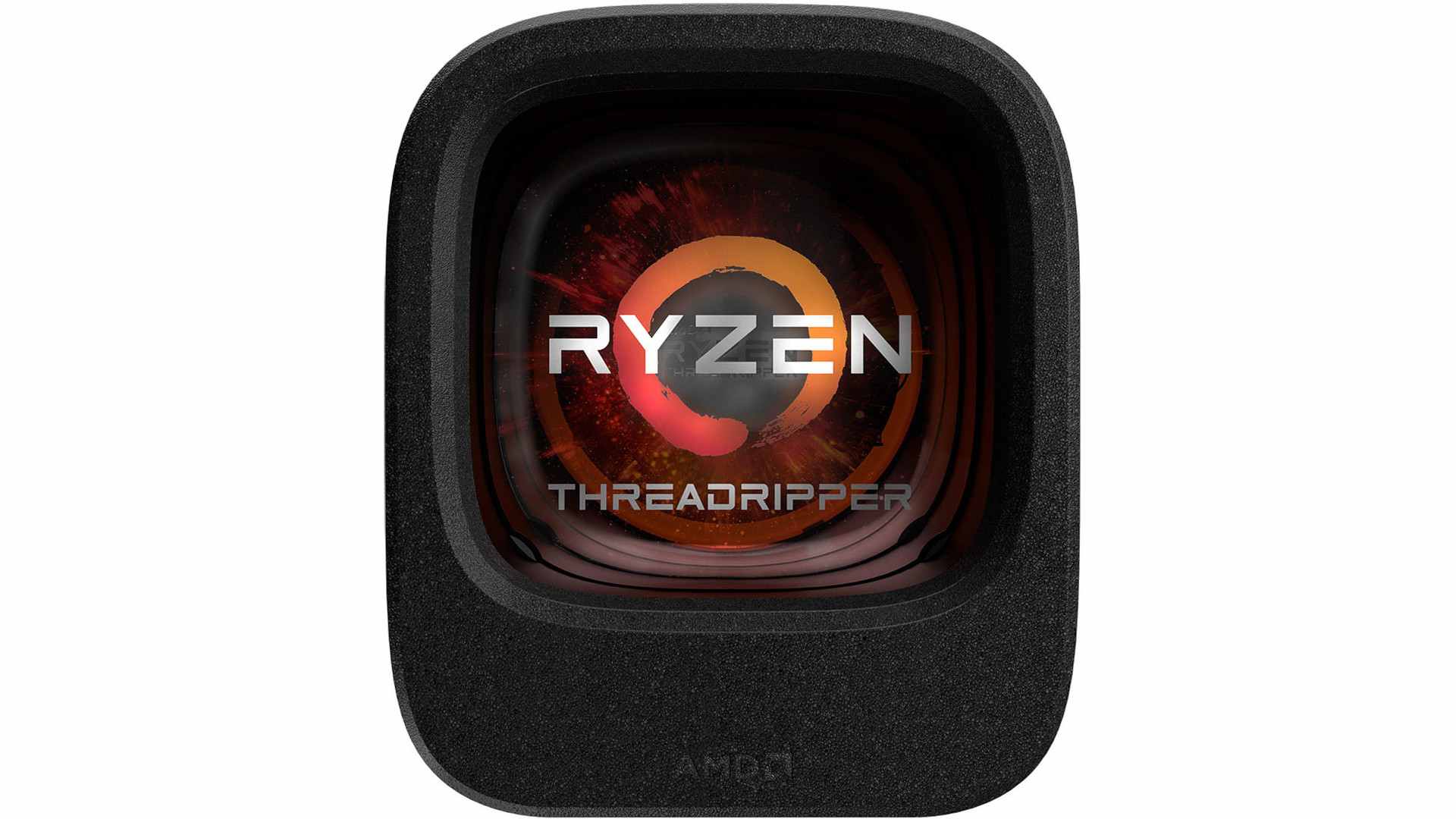
The base frequency of the AMD Ryzen TR 1950X is 3.4 GHz, and it increases to 3.6 GHz when dealing with heavily threaded applications. When performing sparsely threaded workloads, mainstream Ryzen models offer a dual-core Precision Boost, but because to Threadripper’s dual-die design (which we’ll discuss on the following page), that boost increases to a quad-core 4.2 GHz boost. AMD provides unlocked multipliers for all Threadripper models, similar to Intel’s Skylake-X series, but enhances overclocking frequency and voltage scaling by choosing the best 5% of Zeppelin dies. As a result, the voltage needs should be lower than for Ryzen 7 machines.
AMD Ryzen TR 1950X Specs
| Platform | Boxed Processor |
| # of CPU Cores | 16 |
| Base Clock | 3.4GHz |
| L3 Cache | 32MB |
| Unlocked for Overclocking | Yes |
| Max. Operating Temperature (Tjmax) | 68°C |
| Product Family | AMD Ryzen™ Processors |
| # of Threads | 32 |
| L1 Cache | 1.5MB |
| Default TDP | 180W |
| CPU Socket | sTR4 |
| Launch Date | 7/31/2017 |
| Product Line | AMD Ryzen™ Threadripper™ Processors |
| Max. Boost Clock | Up to 4.0GHz |
| L2 Cache | 8MB |
| Processor Technology for CPU Cores | 14nm |
| Thermal Solution (PIB) | Not included |
| *OS Support | Windows 10 – 64-Bit EditionRHEL x86 64-BitUbuntu x86 64-Bit*Operating System (OS) support will vary by manufacturer. |
AMD Ryzen TR 1950X Performance
We’ve grown accustomed to the trend of Ryzen processors dominating in multi-core performance while the Core i-series dominates in frequency and gaming frame rates in the AMD vs. Intel battles. The performance differences between the Threadripper 1950X and Core i9-7900X, however, are less pronounced.
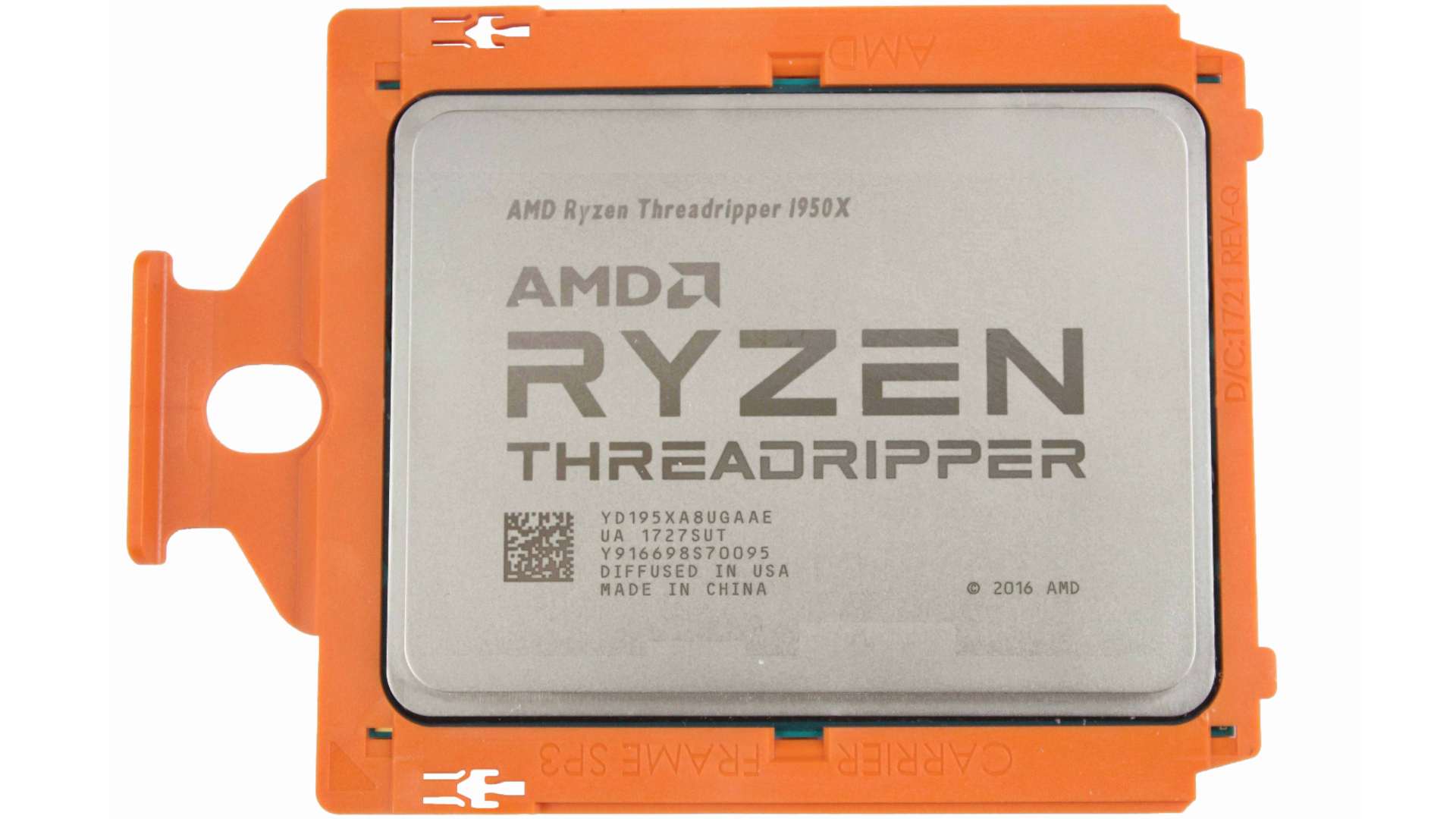
Instead, they trade blows, defeating one another on certain tests.
With the AMD Ryzen TR 1950X, AMD set out to create the ideal processor for multimedia creators, and we can definitely claim that it succeeded. In comparison to its Intel counterpart, the Threadripper 1950X performs much better in Cinebench tests and encrypts video at a little higher frame rate. In contrast, the Core i9-7900X triumphs thanks to better PCMark 8 and Geekbench results.
In the end, both of these CPUs are outperforming the standard quad- to octa-core processors we regularly test and use, as they should for such a high asking price.
With greater frame rates across all of our gaming benchmarks, the Intel Core i9-7900X may appear to be the clear winner when it comes to gaming. However, Intel’s advantage swiftly vanished as we increased the resolution on Total War: Warhammer and Rise of the Tomb Raider.
From our tests, it also appears that you may completely disregard Game Mode as it barely adds one or two additional frames per second with the majority of graphically demanding titles. Games that need a lot of processing power will be more affected by Game Mode, such as Total War: Warhammer, which increased its frame rate from 92 to 112 fps.
We anticipate seeing far better results in a few months when we play the same games again as developers figure out how to optimize for even higher-core count processors, just like with Ryzen chips that came before Threadripper.
The company’s Ryzen Master software allows you to choose between Threadripper’s “Creator Mode” and “Game Mode,” which are both available. Creator Mode, which is always on and provides the optimum performance for jobs that require several threads, is activated by default. Game Mode optimizes RAM performance and disables some cores (the exact number depends on the hardware).
Complexity surrounds what’s truly taking place behind the scenes. And according to AMD, out of the 100 or so games it tested, Game Mode offered, at best, a 10 to 12 percent gain while, in some cases, degrading performance (by as much as 4 percent). In other words, while certain games favor reduced latency, others prefer more cores.
Final thoughts on AMD Ryzen TR 1950X
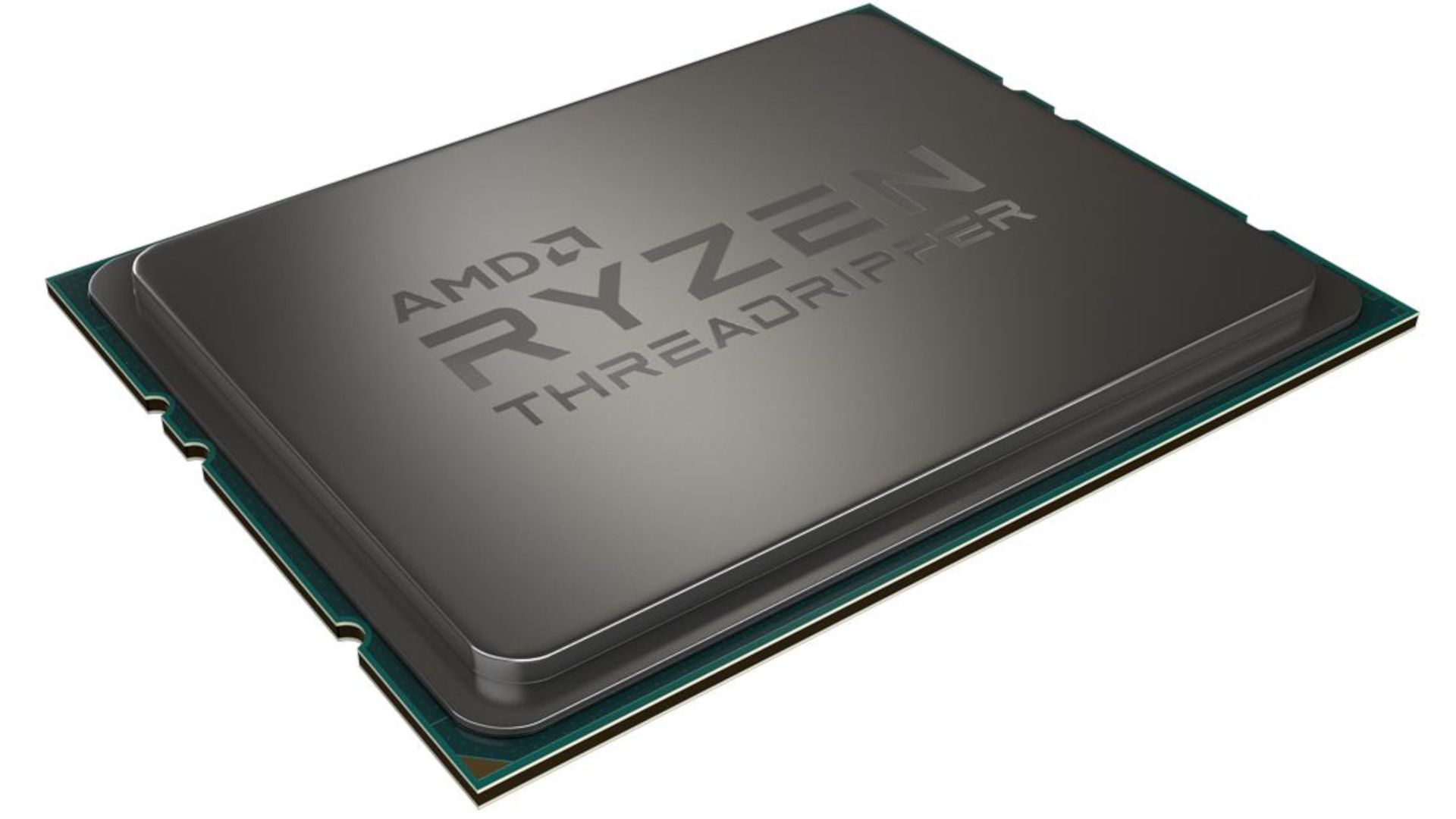
You might be a serious maker of digital content who nevertheless uses an outdated Intel Extreme Edition computer. Perhaps you’ve yearned to acquire a powerful chip with many cores for research or creation, but you haven’t been able to afford Intel’s expensive prices. In those circumstances, the AMD Ryzen TR 1950X is a no-brainer, and the Threadripper 1920X, which costs $200 less, is also not a slouch. Either one will perform core-intensive tasks noticeably better than competitive Intel CPUs that cost the same or more.
Just be aware that, for the time being at least, you’ll need to spend more on a motherboard and possibly more on a cooler—especially if you want to overclock. Comparing the Threadripper chips to Intel’s rival, similarly equipped silicon, they are unquestionably a value. However, depending on your daily activities, the total package could not end up being as affordable as the popular AMD Ryzen 7 platform. In the upcoming weeks and months, we’ll have to wait and see how Threadripper coolers and motherboard prices develop.
Is AMD Ryzen TR 1950X worth it?
Released in 2017, the AMD Ryzen TR 1950X is a 4-year-old processor. It is intended for high-end desktops and workstations and features 16 cores and 32 threads.
Purchasing it or not will rely on your use case and financial situation. The AMD Ryzen TR 1950X might be a decent option if you’re searching for a processor that can handle demanding multitasking, streaming, or video editing. However, the AMD Ryzen TR 1950X is not optimized for gaming, so if you’re looking for a processor for gaming, you might want to check into other possibilities.
It’s also crucial to remember that the AMD Ryzen TR 1950X is an outdated model that has been replaced by the Threadripper 3960X and 3970X.
Without knowing your budget and the cost of the processor in your area, it’s hard to estimate the price. A debate on the Linus Tech Tips forum indicates that the primary elements influencing the decision of whether or not to purchase the AMD Ryzen TR 1950X are its pricing and use case.
Is AMD Ryzen TR 1950X good for gaming?
A processor intended for high-end desktops and workstations is the AMD Ryzen TR 1950X 1. It has 32 threads and 16 cores 1. It is not designed for gaming, even though it can manage demanding multitasking, streaming, or video editing.
The AMD Ryzen TR 1950X is not the ideal option for gaming because of its poor resolution gaming performance, according to a Tom’s Hardware review. On the other hand, under heavy streaming workloads, the high core count should improve gaming performance.
You might want to look at other possibilities if you’re seeking for a processor for gaming. However, the AMD Ryzen TR 1950X might be a decent option if you’re searching for a processor that can handle demanding multitasking, streaming, or video editing.
Can you overclock AMD Ryzen TR 1950X?
Although overclocking a processor can be a complicated procedure, I’ll try to give you a few broad guidelines to get you started. This is a simple guide on CPU overclocking:
Inspect your hardware. Verify that your cooling system is adequate and that your motherboard and CPU allow overclocking. Your system may produce more heat if you overclock it, so having a decent cooling solution is essential.
Open the BIOS: The BIOS is usually where overclocking is done. Restart your computer, then press the key that appears on the screen to launch the BIOS setup program and access the BIOS. The key is typically F2, F10, or Delete, though it may vary according on your system.
Modify the CPU multiplier: Your processor’s speed is determined by the CPU multiplier. Gradually raise the multiplier (for example, by 0.5), and check the stability of your system after each increase. Lower the multiplier if your system crashes or becomes unreliable.
Modify the CPU voltage: Stabilizing your system at higher clock rates can be achieved by raising the CPU voltage. On the other hand, raising the voltage may also cause your system to produce more heat. Gradually raise the voltage by 0.05V, for example, and check the stability of your system after each increase. Lower the voltage if your system crashes or becomes unsteady.
Evaluate your setup: To check the stability of your system, use a stress-testing tool. If during the test your system crashes or becomes unstable, lower the voltage or CPU multiplier.
Keep an eye on your system: When overclocking, pay attention to the temperature and functionality of your system. You should lower the voltage or CPU multiplier if your system starts to overheat or become unstable.
Please be aware that overclocking should be done carefully as it can harm your processor. When overclocking, it’s crucial to keep an eye on the temperature of your system and have a reliable cooling solution.
It is possible to overclock the AMD Ryzen TR 1950X. The AMD Ryzen TR 1950X can be overclocked to 3.9 GHz and 1.35V, citing a Tom’s Hardware review. But the kit’s all-in-one water cooling solution was unable to maintain the system’s stability at that point.
Using 1.34V, a Reddit user managed to overclock their AMD Ryzen TR 1950X to 4.0 GHz. Using liquid cooling 3, a different user managed to overclock their Threadripper 1950X to 4.1 GHz. According to Guru3D.com, there is a straightforward three-step method for overclocking the Threadripper 1950X to 4.0 GHz.
Please be aware that overclocking should be done carefully as it can harm your processor. When overclocking, it’s crucial to keep an eye on the temperature of your system and have a reliable cooling solution.
What temperature should an AMD Ryzen TR 1950X run at?
As part of the first-generation Ryzen Threadripper portfolio, AMD announced the high-performance AMD Ryzen TR 1950X. AMD typically offers a maximum safe operating temperature for their CPUs, while precise temperature recommendations can differ depending on variables including cooling systems, ambient temperatures, and system configurations.
The maximum temperature (Tj Max) of the AMD Ryzen TR 1950X is normally between 68 and 72 degrees Celsius. Maintaining a processor temperature below this threshold is crucial for consistent and dependable operation.
It’s important to remember, though, that lower temperatures are typically better for the processor’s stability and lifetime. In order to get maximum performance and to account for possible temperature spikes during intense workloads or overclocking, many users try to keep their CPUs much below the maximum temperature set.
You can use a variety of software tools, such AMD Ryzen Master or third-party programs like HWMonitor, Core Temp, or MSI Afterburner, to monitor and control temperatures. Maintaining lower temperatures also requires a well-ventilated chassis and a strong cooling solution, especially when working with intense workloads.
How much power does AMD Ryzen TR 1950X draw?
The AMD Ryzen TR 1950X is a high-end desktop processor whose Thermal Design Power (TDP) indicates how much power it uses. The maximum heat produced by the processor that the cooling system is anticipated to dissipate under typical operating conditions is measured by the TDP. Although the TDP is frequently used as a reference, it is not an accurate indicator of power usage.
The AMD Ryzen TR 1950X has a 180 watt TDP. This means that, under typical workloads, the cooling system you choose needs to be able to dissipate up to 180 watts of heat in order to keep the processor within its designated temperature range.
It’s crucial to remember that real power usage might change depending on a number of variables, including overclocking settings, system configuration, and workload. Use hardware monitoring programs such as HWMonitor, Ryzen Master, or other comparable applications if you would want to keep an eye on your system’s power usage in real time. These instruments can offer information on a number of variables, such as voltage, temperature, and power consumption.
AMD Ryzen TR 1950X
-
Performance - 99%99%
-
Price - 98%98%
-
Value - 99%99%

